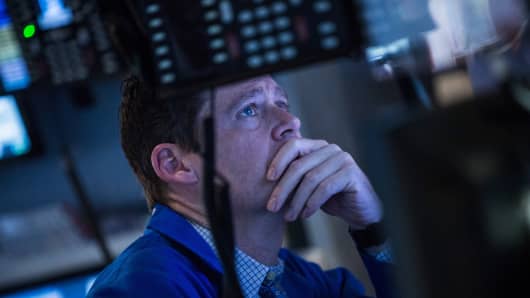October's surge has become November's purge. After trading above the 2100 level during the first three days of the month, the S&P 500 has headed south ever since. Last week, the selloff picked up speed, notching two decline days in excess of 1 percent. Downside price volatility and the month of November are typically not synonymous in investors' minds.
Indeed, since 1950, the frequency of days in which the S&P 500 fell by 1 percent or more ranked November only 7th, with August and October coming in at Nos. 1 and 2, respectively. December, however, posted the lowest frequency of days that saw declines over 1 percent.





